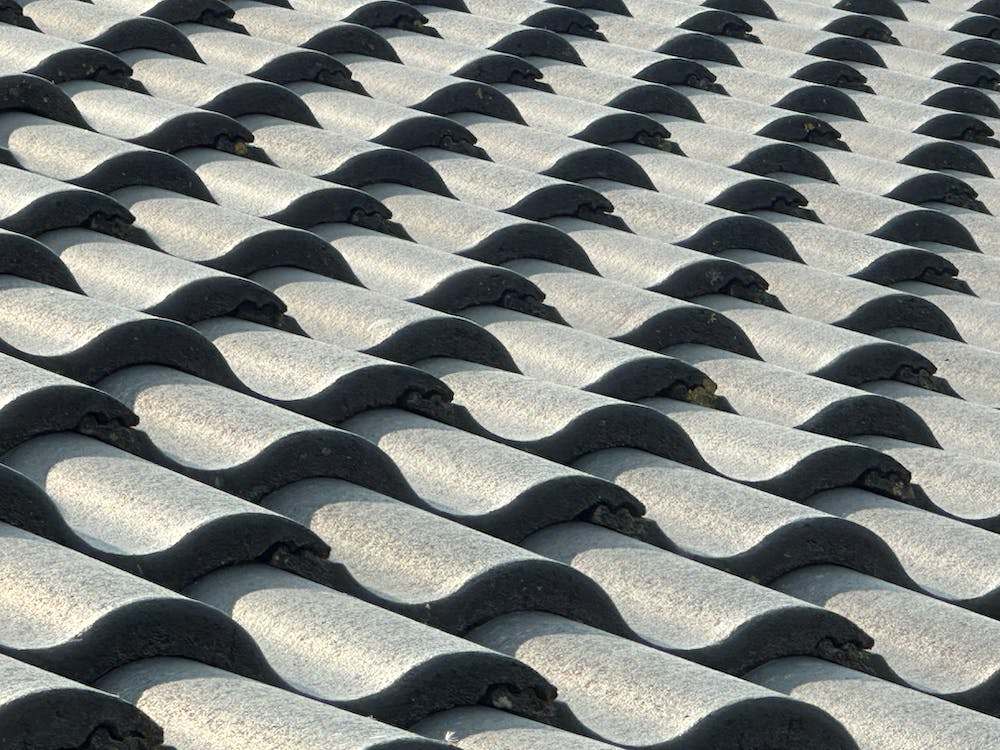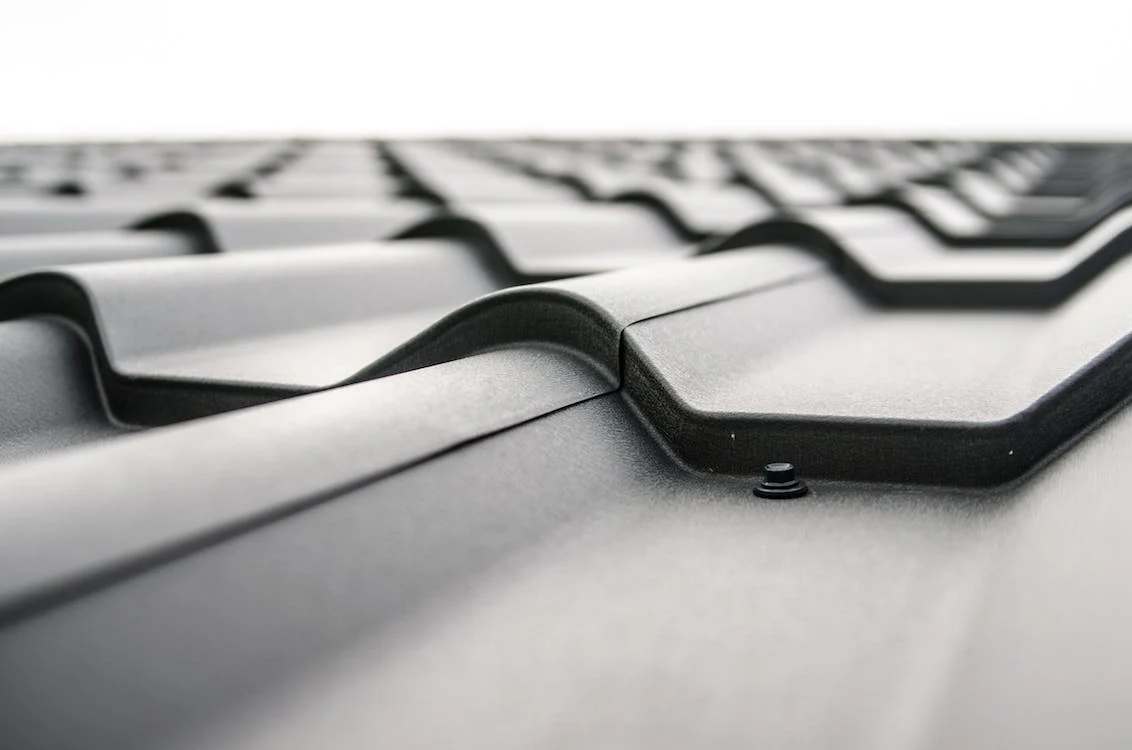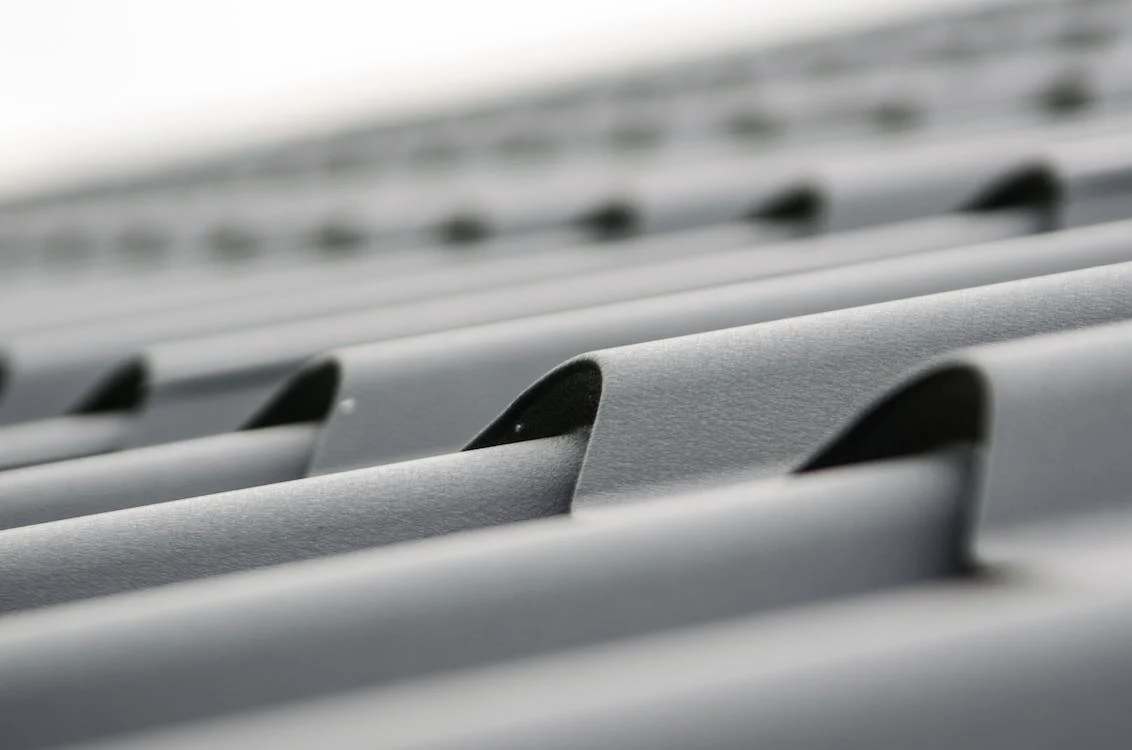Roofing felt, traditionally used as an underlayment to add an extra layer of protection to roofs, has found its way into a variety of unconventional applications, raising questions about its versatility and adaptability. One such application that has garnered interest is the use of roofing felt on walls. This practice prompts a closer examination of the material’s properties, benefits, and potential drawbacks when applied beyond its intended use.
As homeowners and builders alike seek innovative and cost-effective solutions for building and renovation projects, understanding the feasibility and implications of using roofing felt on walls becomes increasingly relevant. This article aims to cover the subject, offering insights into whether roofing felt can indeed be a viable option for wall applications and under what circumstances it might be considered suitable.
What is Roofing Felt?
Roofing felt is a type of material commonly used in the construction industry as an underlayment layer beneath roofing shingles. Made from either natural fibers or synthetic materials such as fiberglass or polyester, it is coated or saturated with a waterproofing agent like asphalt to make it resistant to water. Roofing felt serves multiple purposes: it provides a temporary waterproof barrier during the installation process, offers an extra layer of protection against leaks, and improves the roof’s durability by preventing the wooden deck from being exposed to the elements.
Available in rolls, roofing felt is applied across the surface of a roof deck before the final roofing material is installed. It is typically secured with staples or roofing nails and overlapped in layers to ensure comprehensive coverage. The material comes in different weights, commonly referred to as “pounds per square” (such as 15lb or 30lb felt), which indicates its thickness and level of durability.
The Benefits of Roofing Felt
Roofing felt offers several key benefits that make it an essential component in roof construction and repair. These advantages include:
- Water Resistance: Roofing felt acts as a crucial barrier against water, protecting the roof deck from rain and snow during construction and serving as a secondary line of defense against leaks under shingles or other roofing materials.
- Increased Durability: By providing an additional layer between the roof deck and the shingles, roofing felt helps prevent the wood from exposure to the elements, which can contribute to a longer lifespan for the entire roofing system.
- Temporary Protection: In the event of unexpected bad weather during the roofing process, roofing felt can serve as a temporary protective layer, keeping the roof deck dry until the final roofing material is installed.
- Improved Roof Stability: Roofing felt helps to create a more uniform surface, which can prevent shingles from sagging and helps ensure a smoother application of the outer roofing material.
- Enhanced Fire Resistance: Some types of roofing felt are treated with fire-retardant materials, offering an added layer of fire protection to the roof and the overall structure.
- Moisture Control: Roofing felt allows for slight movement due to temperature changes and settling while also helping the roof to breathe by letting moisture escape, reducing the risk of mold and rot in the attic and insulation.
Can Roofing Felt Be Used on Walls?
The question of whether roofing felt can be used on walls is one that often arises in the context of building and renovation projects. The answer is yes, roofing felt can be applied to walls, and in fact, it serves several practical purposes when used in this manner. Here are some scenarios and benefits of using roofing felt on walls:
- Vapor Barrier: Roofing felt can act as a vapor barrier when applied to the exterior walls of a building. By preventing moisture from penetrating the walls, it helps protect the insulation and interior spaces from water damage and mold growth.
- Weatherproofing: Similar to its use on roofs, roofing felt can provide an additional layer of protection against wind and water for exterior walls, especially in areas that are prone to severe weather conditions.
- Enhanced Insulation: When used beneath siding or other exterior wall finishes, roofing felt can contribute to the overall thermal efficiency of a building. It adds an extra layer that helps minimize heat loss, keeping indoor spaces warmer in winter and cooler in summer.
- Protection During Construction: Roofing felt can be used as a temporary protective layer on walls during construction or renovation projects. It shields the wall structure from the elements until the permanent exterior cladding is installed.
While roofing felt offers these advantages, it’s important to consider the specific requirements of your project. The type of felt, the climate, and local building codes may influence whether roofing felt is a suitable choice for your walls. Additionally, proper installation is crucial to ensure that the felt performs effectively as a barrier and does not trap moisture within the wall structure. Consulting with a professional or referring to manufacturer guidelines can provide further guidance on using roofing felt in wall applications.
Conclusion
Roofing felt is not just limited to its traditional role as an underlayment for roofs but also offers a range of benefits when applied to walls. Whether it’s enhancing insulation, serving as a vapor barrier, or providing added protection against the elements, roofing felt can be a versatile addition to wall construction and renovation projects. Its ability to improve the durability and efficiency of a building makes it a practical choice for those looking to bolster their structure’s defenses against moisture and temperature changes.



